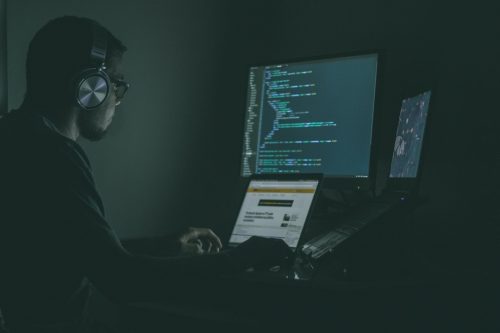The need for strong and dependable security solutions has become paramount in today’s landscape, where our lives are intertwined with interactions. Among the contenders in this field, facial authentication emerges as a technological advancement that not only enhances security but also brings about a new level of convenience. As cyber threats evolve, integrating such biometric tools becomes an essential line of defense, providing a seamless yet robust barrier against unauthorized access. Likewise, as users lean towards user-friendly interfaces, facial recognition promises a future where security meets intuitiveness.
The Advent of Facial Recognition
Recognition, also referred to as authentication, is an advanced biometric technology that utilizes unique facial features to verify one’s identity. One of the directions of password-based systems is that they are exposed to hacking and phishing attacks. On the other hand, facial recognition is an entirely secure access control method that relies on complex details of a person’s face. This technology utilizes unique facial features, such as the space between the eyes, nose, and mouth, to accurately identify an individual. Due to the complexity of the human face, it is challenging to reproduce or manufacture, making it an ideal solution for safe access control.
Understanding How Facial Recognition Works
At its core, facial recognition involves a series of processes working seamlessly together to confirm an individual’s identity. The process begins by capturing an image of the face using devices like webcams or smartphone cameras.
The first image is then analyzed using a set of algorithms that identify characteristics, such as the spacing between the eyes, the shape of the jawline, and distinctive markings, like freckles or scars.
Biometric face recognition; Ensuring Accuracy in Every Pixel
Recognition, an essential aspect of facial authentication, guarantees unparalleled accuracy by analyzing and encoding numerous facial data points. This technology can be likened to creating a fingerprint that cannot be accurately replicated. Additionally, advanced biometric systems incorporate a check, a security measure that detects whether the presented face is real and not just a photograph or video feed.
Preventing Unauthorized Access
Detecting face spoofing is a component of authentication designed to prevent impersonation attempts using images, videos, or even 3D masks. State-of-the-art systems employ algorithms that analyze minute details like micro-expressions and depth to distinguish between a human face and an imitation.
Enhancing User Experience Seamlessly
Integrating authentication into client face verification adds a layer of security for businesses and institutions. By implementing a client face verification system, organizations can ensure that the person accessing their services is indeed the account holder. This does not enhance security. It also streamlines the user experience.
Facial Authentication for a Safer Future
Facial authentication technology has become a source of optimism, providing a combination of safety and ease. It is no longer limited to high-level security scenarios. Technology has become an essential part of our daily routines, effortlessly allowing us to gain access to our smartphones or banking services at a very glance. Its seamless integration has streamlined our lives and made these tasks more suitable and efficient.
The future lies in your hands or, rather, on your face.
We are entering an era where facial authentication is revolutionizing how we approach security and identity verification. The current technology we’re talking about here is a highly advanced system that combines accurate facial recognition technology, stringent liveness checks, and an excellent face spoof detection mechanism to give top-tier digital security. By making your face the portal to your digital world, you not only remain ahead of the competition by embracing innovation but also provide unrivaled safety for your online presence, making it nearly impenetrable.
To sum up, facial authentication is an advancement in the field of security. It opens new possibilities with its biometric facial recognition capabilities, liveness checks, and powerful security measures. It correctly recognizes persons while also restricting spoofing and unauthorized access, making it a must-have tool in our environment. Facial identification is one of the most recent technologies, offering a unique combination of simplicity and security. This cutting-edge technology is changing the way we connect with and protect our lives. We can use face identifier software to authenticate our uniqueness quickly and securely without the need for physical paperwork or passwords. This technique has several uses, ranging from unlocking cell phones to safeguarding sensitive facilities. Facial authentication protects our personal information while also providing the benefits of a more simplified and fast authentication procedure.









